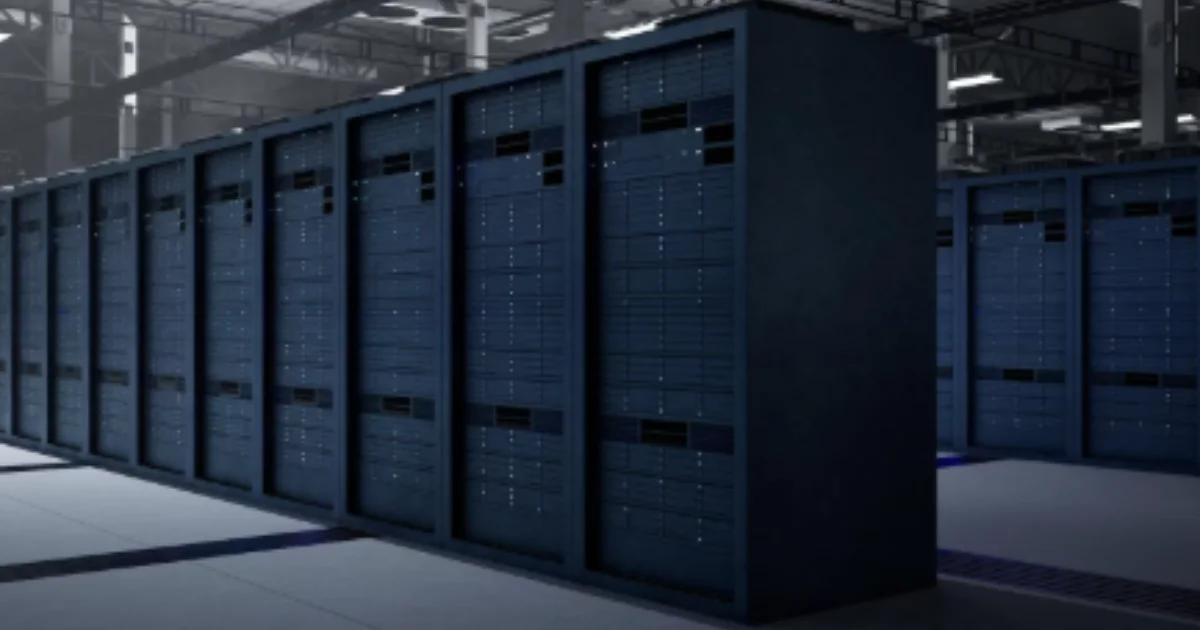Introduction
In today’s digital economy, internet infrastructure plays a critical role in how businesses, organizations, and individuals stay connected. When a major provider like NTT Communications is added as an upstream in data hubs such as Chicago, Amsterdam, and Stockholm, it signals a significant improvement in global routing and network efficiency.
This development matters not only to internet service providers (ISPs) but also to enterprises, cloud providers, and end-users who depend on stable, low-latency, and secure internet connections. In this article, we’ll break down what upstream providers are, why NTT’s addition to these cities is important, and how it reshapes global internet performance.
What Are Upstream Providers?
Before diving into the specifics of NTT being added to upstreams in Chicago, Amsterdam, and Stockholm, let’s clarify the concept.
-
Upstream providers are larger internet networks that provide connectivity to smaller ISPs or networks.
-
They act as gateways to the wider internet, ensuring traffic is routed efficiently across the globe.
-
Without upstreams, smaller networks would struggle to connect to all destinations on the internet.
For example, if a regional ISP in Chicago needs to connect its users to websites hosted in Asia, it relies on upstream providers who maintain international peering agreements and global backbone infrastructure.
Why NTT Matters in the Internet Ecosystem
NTT Communications, part of Nippon Telegraph and Telephone Corporation, is one of the world’s largest Tier-1 backbone providers, giving it global reach and unmatched reliability.
Some reasons NTT stands out:
-
Global Reach: NTT operates a massive backbone network spanning Asia, North America, and Europe.
-
Reliability: Known for high uptime, resilient routing, and secure operations.
-
Enterprise Demand: Many global businesses, especially in finance, cloud computing, and e-commerce, rely on NTT for stable connections.
By joining the upstream mix in Chicago, Amsterdam, and Stockholm, NTT strengthens internet resilience and performance in these regions.
Significance of the Three Cities
1. Chicago – A North American Connectivity Hub
Chicago is one of the most important internet exchange points in the United States.
-
It serves as a gateway between East and West Coast data traffic.
-
Many financial institutions, cloud providers, and enterprises host their infrastructure here.
-
Adding NTT as an upstream ensures lower latency for U.S. to Asia traffic, particularly for businesses needing real-time transactions.
2. Amsterdam – Europe’s Internet Capital
Amsterdam is home to the AMS-IX, one of the world’s largest internet exchanges.
-
It is a vital hub for European internet traffic, linking Western Europe to the rest of the world.
-
NTT’s presence as an upstream here strengthens cross-border routing efficiency and helps businesses operating across Europe.
3. Stockholm – The Nordic Data Gateway
Stockholm plays a growing role in Europe’s internet ecosystem.
-
It is a strategic location for Nordic countries and a bridge to Russia and Eastern Europe.
-
With the rise of green data centers powered by renewable energy, Stockholm is attracting major tech companies.
-
NTT’s inclusion here supports low-latency access for businesses and ISPs across Scandinavia.
Technical Benefits of NTT’s Addition
When NTT was added to upstreams in Chicago, Amsterdam, and Stockholm, several technical advantages followed:
-
Reduced Latency – Direct routes to NTT’s backbone shorten the distance data must travel.
-
Improved Redundancy – More upstreams mean fewer chances of downtime in case of an outage.
-
Better Global Reach – Enterprises gain access to NTT’s global Tier-1 backbone without relying on multiple intermediaries.
-
Traffic Optimization – Dynamic routing ensures faster delivery of data packets.
-
Resilience Against Network Congestion – Traffic can be distributed across more pathways, preventing bottlenecks.
Impact on ISPs and Enterprises
-
ISPs: Gain more choices for transit providers, reducing costs and improving quality of service.
-
Cloud Providers: Ensure smoother interconnection with global clients, especially in regions with high demand like Asia and North America.
-
Enterprises: Benefit from lower latency, better uptime, and more secure connections for global operations.
-
End-Users: Experience faster loading times, fewer outages, and improved streaming or gaming performance.
Global Internet Trends Behind This Move
NTT’s expansion reflects broader shifts in the internet landscape:
-
Growing Cloud Adoption – With companies relying on AWS, Google Cloud, and Azure, upstream providers must ensure global, low-latency reach.
-
Streaming & Gaming Growth – Platforms like Netflix, Twitch, and multiplayer games need optimized routing.
-
IoT & AI Applications – Low latency and reliable routing are critical for AI-driven apps and IoT deployments.
-
Security Demands – DDoS protection and secure routing are key considerations for enterprises.
Challenges and Considerations
While NTT’s addition to upstreams in Chicago, Amsterdam, and Stockholm brings clear benefits, some challenges remain:
-
Cost Implications – Smaller ISPs may need to balance costs when choosing multiple upstreams.
-
Network Complexity – Managing multiple routing paths requires strong technical expertise.
-
Geopolitical Factors – Cross-border data transfers, especially in Europe, must comply with strict data protection laws.
Future Outlook
With the pace of global internet growth, this development is just one piece of a larger puzzle. We can expect:
-
More Tier-1 providers expanding to secondary hubs.
-
Increased investment in subsea cables connecting continents.
-
Greater focus on sustainable, green internet infrastructure in regions like Stockholm.
-
Enterprises prioritizing providers with strong security and compliance measures.
NTT’s presence in these hubs signals a step toward a more interconnected, resilient, and high-performance global internet.
FAQs
1. What does it mean that NTT was added to upstreams in Chicago, Amsterdam, and Stockholm?
It means that local networks in these cities now connect directly to NTT’s Tier-1 backbone, improving routing, speed, and resilience.
2. How does this benefit regular internet users?
End-users experience faster browsing, smoother video streaming, lower gaming latency, and fewer outages.
3. Why is Amsterdam important for internet connectivity?
Amsterdam hosts AMS-IX, one of the largest internet exchanges, making it a vital hub for European and international traffic.
4. Will businesses benefit from NTT’s presence?
Yes. Enterprises gain global reach, lower latency for international connections, and better network reliability.
5. Is this expansion part of a larger trend?
Yes. As cloud adoption, streaming, and real-time applications grow, Tier-1 providers like NTT continue expanding to major hubs.
Conclusion
The announcement that NTT was added to upstreams in Chicago, Amsterdam, and Stockholm is more than a technical update—it’s a milestone for global internet connectivity. By strengthening routing efficiency, reducing latency, and enhancing resilience, this move benefits ISPs, enterprises, and end-users alike.
As digital transformation accelerates worldwide, decisions like this shape the future of how we connect, communicate, and conduct business across continents.


